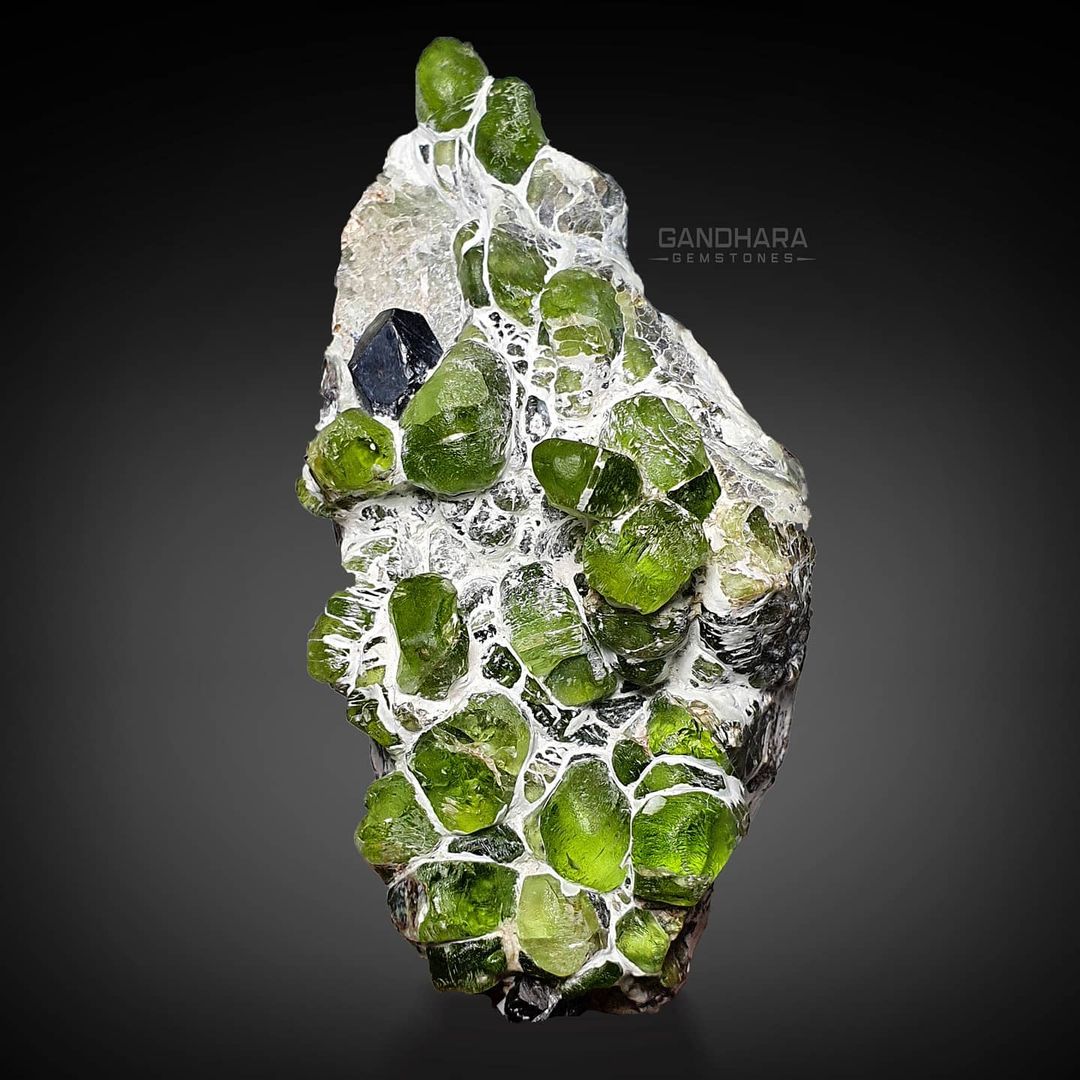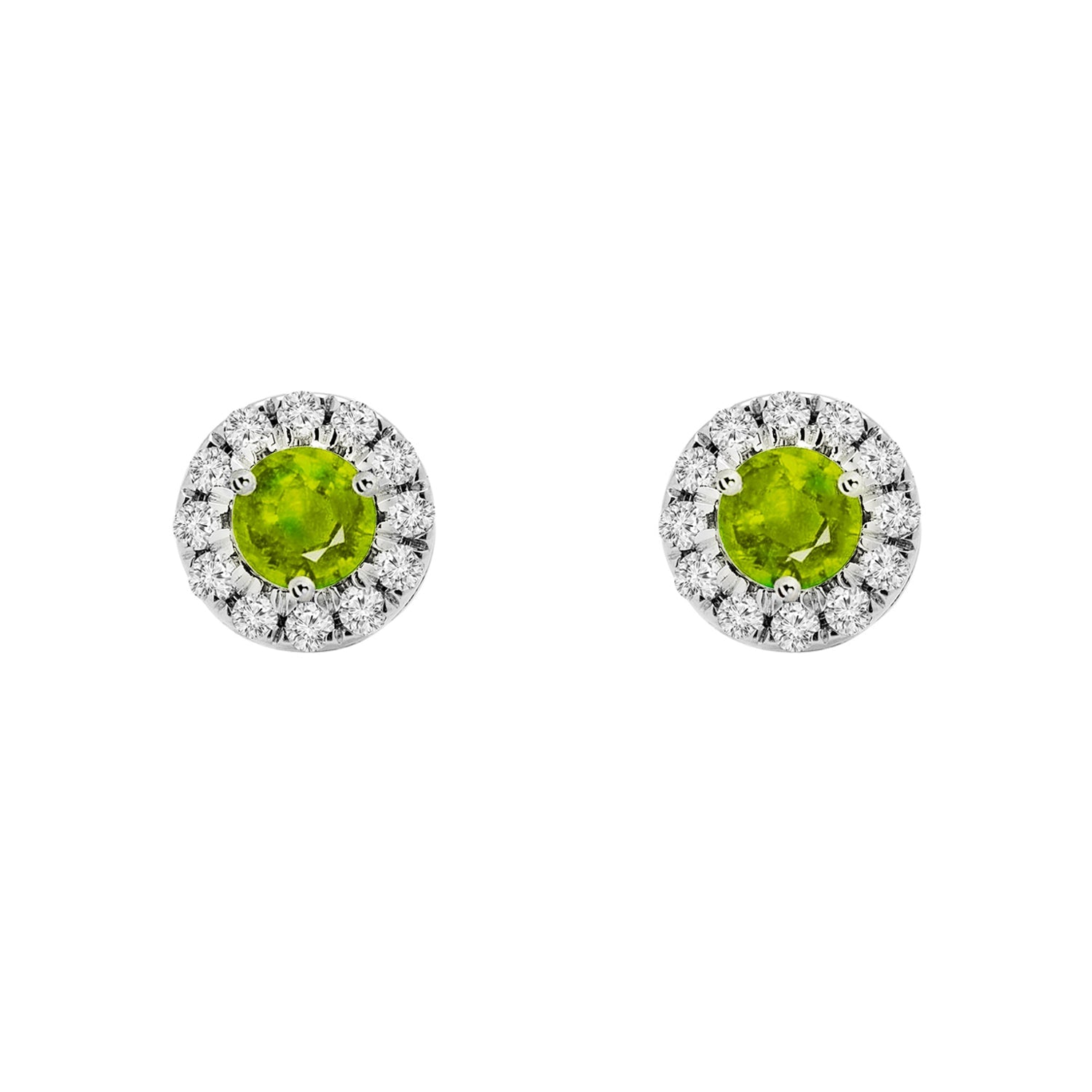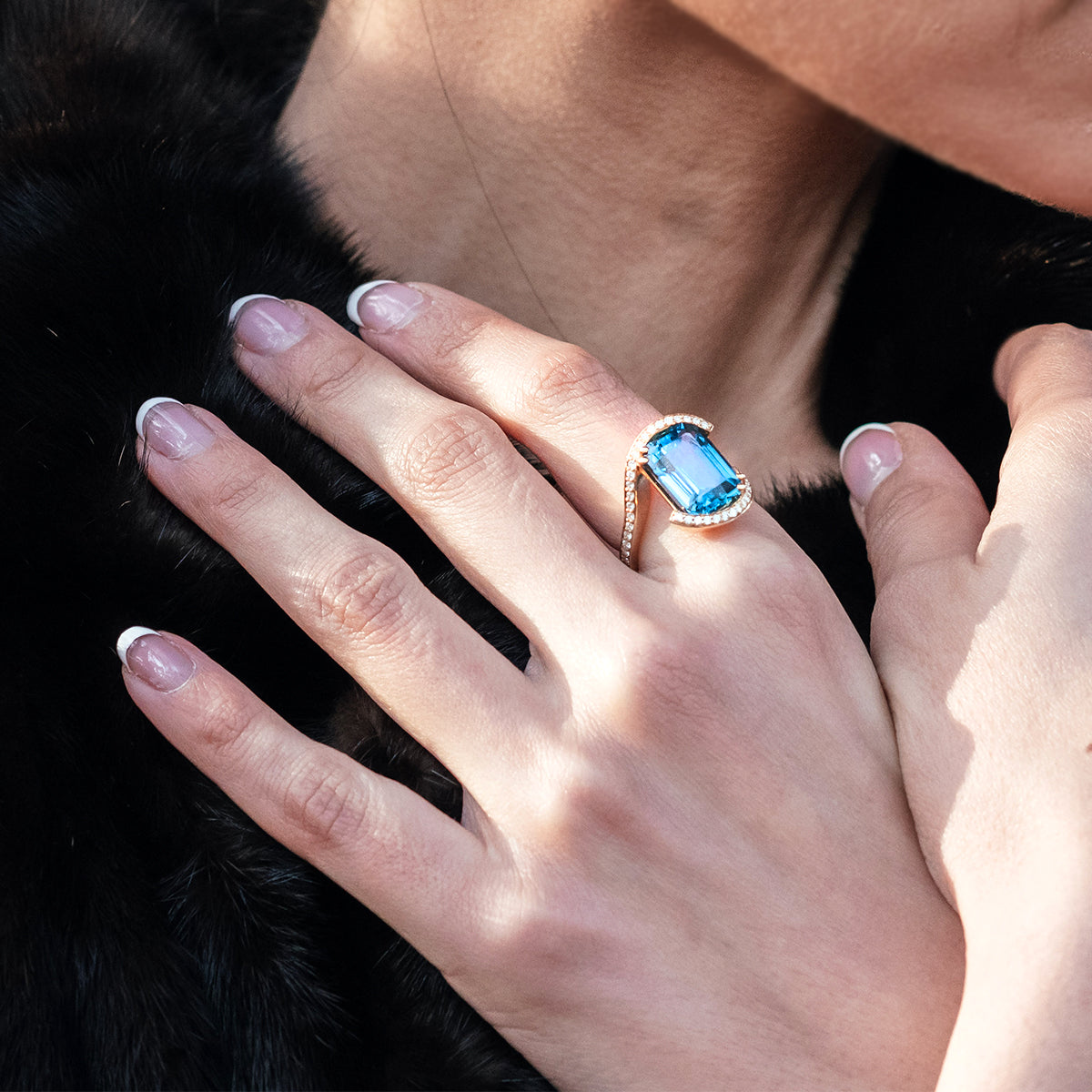
Peridot Overview
The Peridot is known as the rare jewel and is the birthstone of August. It comes from the Latin word "Pæderot" - Which means gem. However some believe that it is rooted from the Greek word "Peridona" which means giving plenty. Therefore, it is said that the gem is associated with prosperity and good fortune. Even though the Peridot is known as the 'Evening Emerald' because of its sparkling green hue, the birthstone looks good any time of the day.
Peridot Birthstone
The August birthstone is a vibrant green gemstone that has been long associated with hope, happiness and high energy. Those with the peridot birthstone are said to be positive, outgoing, enthusiastic and unafraid to take risks.
Peridot Hardness
Peridots have been rated a 6.5 - 7 on the MOHs (mineral of hardness scale); This means that even though the gem is still fairly hard and well suited to use in jewellery, it requires extra care so you don't scratch it. It can also be said that the Peridot is sensitive to pressure and extreme temperatures so it is best to avoid ultrasonic jewellery cleaners and sudden changes of temperature.
Peridot History
The Peridot birthstone has a rich history which dates back to ancient Egyptian times when deposits were found on a small volcanic island in the Red Sea and for many years, the gem was confused for an emerald - The Egyptians described the birthstone as the "gem of the sun". In the middle ages, Peridots were worn to provide foresight and inspiration and the Romans used the stones to protect against enchantment. The gemstone was then revived in the 1990s when new deposits were discovered in Kashmir, Pakistan and it was then discovered that these gems were not just some "unique emeralds" but in fact Peridot stones. In relation to the past, Peridots are worn to encourage good health, relief from anxiety and abundance of wealth. The birthstone is also known to promote happiness and strong self-esteem.
Peridot Origins
The renowned origin of Peridot stretches back to Ancient Egypt, specifically on the volcanic island of Zebargad in the Red Sea. The Peridot was so treasured by the Ancient Egyptians that they kept the location of the island a secret. However with the fall of the Egyptian empire, the island became lost to antiquity and was only rediscovered in 1906. Since that time, the Peridot deposits in Zebargad had been exhausted. Trace amounts of Peridot have also been found in Hawaii - Tiny grains of Peridot that line the beaches which are mixed with sand and are too small to cut. To Hawaiians, they symbolise the tears of Pele, the goddess of fire. Today, the largest sources of Peridot are the United States, Myanmar, Pakistan and the Himalayas.
Peridot Types
Raw Peridot

The Raw Peridot, also known as the "Rough Peridot" is relatively fragile and prone to damage. It is made up of Magnesium Iron Silicate (2SiO4) and its origin comes from Pakistan. Raw Peridots are mostly used as energy crystals as it is known to have a warm and friendly energy as well as used to protect individuals against envy, gossip and deceivers. The ancient Egyptians believed that it was sent to Earth by the explosion of a star and the stone carried its healing powers.
Peridot Geodes

Clustered Peridot

A Clustered Peridot is produced when multiple crystals grow and merge together. This can occur when conditions are ideal throughout the growing phase, creating a highly unique and gorgeous gemstone. Clustered crystals are known to make beautiful statements in several jewellery pieces, especially rings. These multiple gems can be very powerful as they are linked to success and ambition and are great to use at work.
Peridot Meaning
Peridot is associated with strength and balance and it is believed to bring peace, health and rest by harmonizing the mind and body. It is also thought to boost creativity and improve your mood. The green hued stone that makes up the birthstone possesses detoxifying qualities as well as stimulating the liver and metabolism. It is also said to work well alongside traditional medicines, helping to aid and speed up recovery. In the Indian tradition, this gemstone relates to the fourth chakra aka the heart chakra - This is closely linked to compassion, love and affection. Therefore, it is said that Peridot can help to propel that love around your being as well as enabling you to follow your destiny and listen to what your heart is trying to tell you.
Famous Peridots
One of the most famous Peridots is a 46.16 karat stone which was extracted in Pakistan and can be seen in the Smithsonian museum.
There are some other famous Peridots which are associated with The Shrine of the Three Kings. This is located in the Cathedral of Saint Peter in Cologne, Germany. This shrine is adorned with gold and 1000 gemstones, which are none other than Peridots, and it is also believed to contain the bones of the three kings.
Peridots at Augustine Jewels




Top 5 Facts about Peridots
1. The only gemstone that comes in one colour = This is because the Peridot only comes in shades varying from pale yellow green to deep olive green. The gemstone is a form of the mineral olivine and the colour is caused by the amount of iron in the crystal structure.
2. The gemstone has been long associated with light = The sparkling hues of Peridot has been associated with light for many centuries as they do not darken in the night and in fact continue to glisten in the absence of light.
3. The gemstone has been found in outer space = Peridot has been found in meteorite crash sites - the most famous example is the Esquel meteorite. The meteorite landed in a Patagonian town named Esquel in Argentina which was then taken to the United States to be thoroughly examined.
4. The gemstones can be fairly affordable if they are under 4 carats in weight = Most Peridots that are less than 4 carats is a form of the mineral olivine, which is a very common stone however true gemstone quality Peridot is much rarer to find and therefore the price would increase accordingly.
5. The gemstone was believed to cure asthma = Many decades ago, the Peridot was powdered and held under the tongue which supposedly helped to regulate the breathing of suffering patients.





